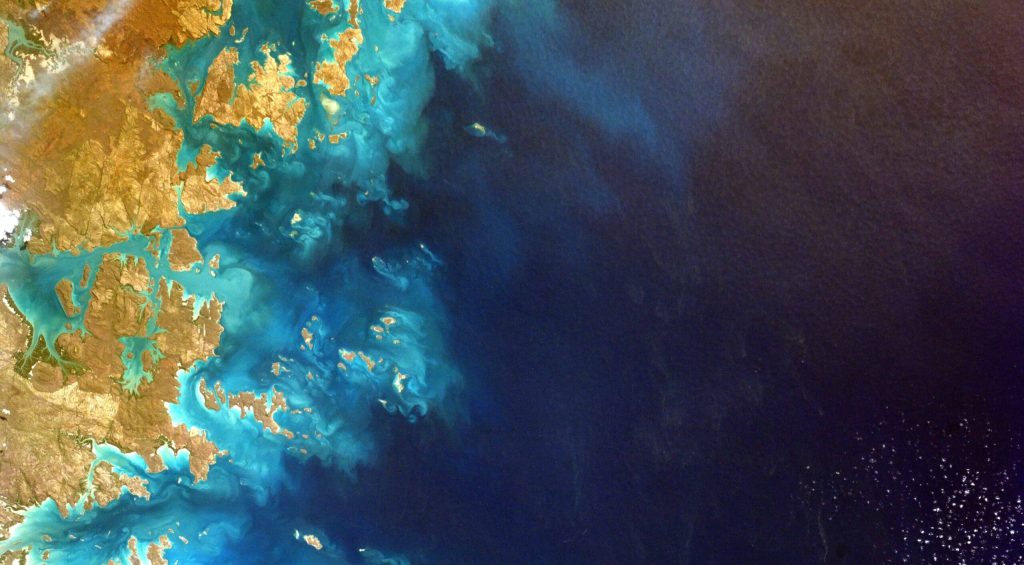SDG 6 calls for ensuring availability and sustainable management of water and sanitation for all. Although global access to clean water has increased in recent decades, population growth and climate change threaten to aggravate water scarcity in many countries. Since the 1960s, about two-thirds of countries have seen an increase in their level of water stress.

Water is indispensable for humans. We need it to stay hydrated, prepare food, and maintain good hygiene. Besides such domestic use, water is an essential input to agriculture and for other goods and services. These non-domestic uses are by far the most intensive. While the UN calculates that a person needs 50 to 100 liters of water per day to meet basic drinking, cooking, and hygiene needs, the Food and Agriculture Organization (FAO) estimates that “between 2,000 and 5,000 liters of water are needed to produce a person’s daily food needs.” Water is also critical for electricity production and sustaining biodiversity and ecosystems.
In most countries, per capita water resources have been steadily decreasing. For example, China has seen a decrease of about 50 percent in its per capita water availability between 1964 and 2020. In Pakistan, availability of water resources per capita has been reduced by 80 percent during the same period.
The large amount of water needed for food production means that water resources are predominantly allocated to the agricultural sector. Today, around 70 percent of global freshwater resources are used for agriculture. In low-income countries, water use in agriculture accounts for 90 percent of all water withdrawals. This is significantly less in high-income countries (44 percent), where a higher share of water goes to the industrial sector.
.png)
Although water use is becoming more efficient across all economic sectors, global demand for water is expected to keep increasing due to economic and population growth. This growth is adding to pressure on water resources, while at the same time the water cycle is being impacted by climate change – two factors which may limit freshwater availability. It is therefore essential to monitor stress on water resources as an early warning indicator of potential scarcity.
Explore how much water is used for agriculture by different countries in different income categories through this data visualization of the 2023 Atlas of Sustainable Development Goals.
To learn more about where we stand in our efforts to ensure availability and sustainable management of water and sanitation for all, look at the data stories and visualizations of the sixth chapter of the Atlas.
Source : World Bank



































































